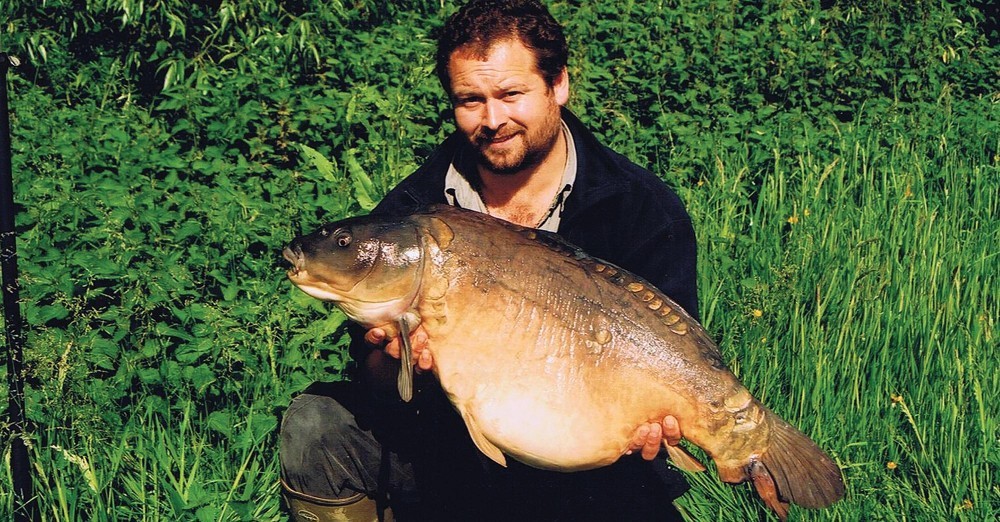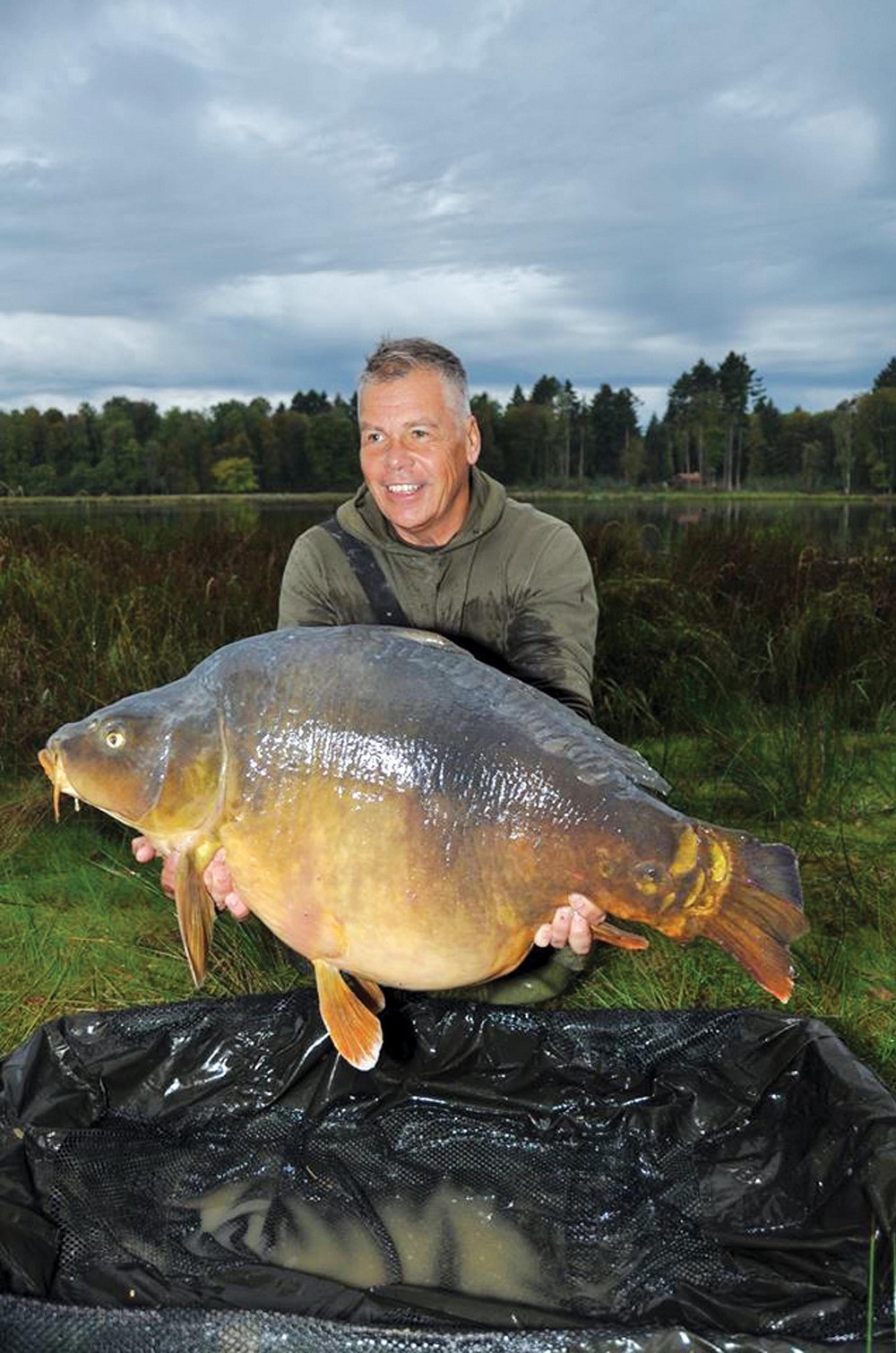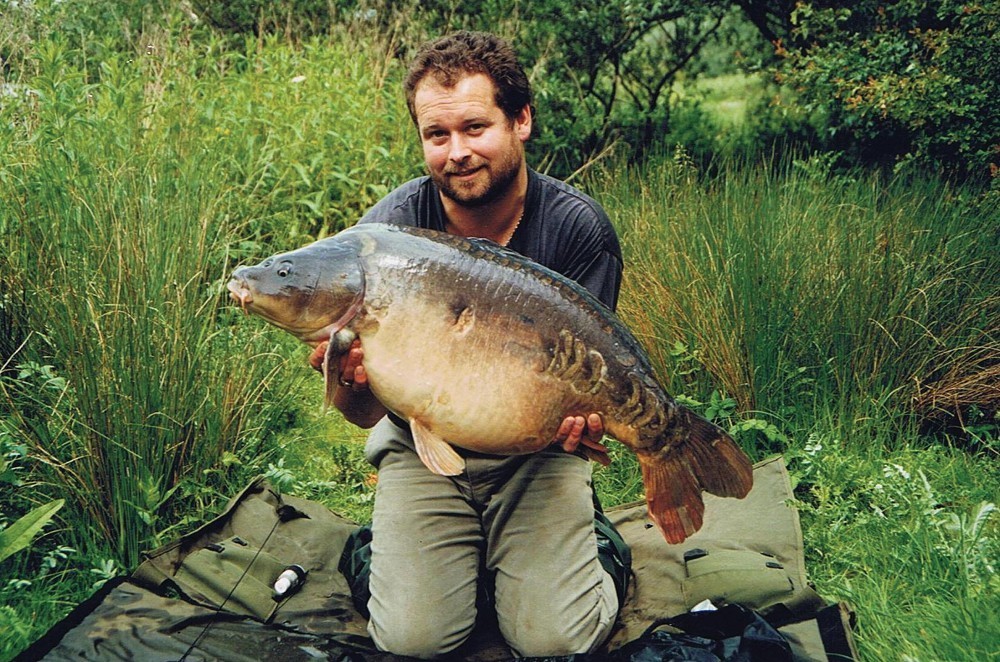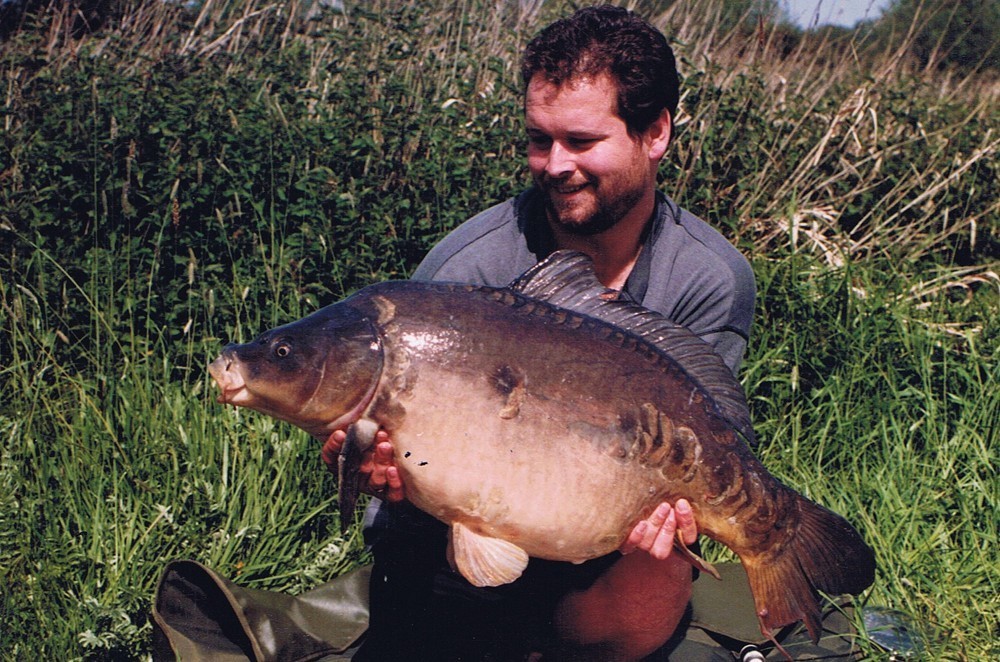
How tail damage occurs
Shaun Harrison takes a closer look at how tail damage occurs and what we can do to overcome this sickening issue
Several years ago the magazines were sickeningly full of reports of some of our European neighbours mutilating the carp they were catching, mutilating them by cutting sections from their fins, particularly their tail fin. It seemed that those responsible for this had their own unique cuts to show they had caught the fish first and sadly, I guess, to make sure no one else got such a nice picture of the fish with perfect fins.
Like many, this totally disgusted me at the time, as it would now, how any caring angler could go to these extremes was totally beyond me and sickened me in the extreme. Since then, there have been fish cropping up here, there and everywhere with bits missing from their fins, particularly their caudal fin – the tail. Now it is so easy to dismiss this, particularly when fishing overseas as being the result of a certain nation’s anglers doing this. But is it?
Unfortunately I have recently returned from a session in France and most of the big fish I saw caught there had totally messed up tails and the other anglers present were soon coming out with moans of the state the poor fish had been left in after their only crime was picking up the wrong food item and making an angler’s day. This is what really riled my conscience when I first read of the horrific reports that had hit the press. The angler is on a high, the fish has been punished and then to really rub things in, the fish is put through even more which is then going to affect its swimming and balancing and careful maneuverability in its watery home.
Now I have been thinking about this a lot recently and all is not as it would, at first, seem, and like it or not, a lot of us could be partly responsible for some of these broken fins and it certainly isn’t just down to the insane cutting them.
 I photographed this one for Bernard Sisson. A big fish that has definitely suffered the after-effects of an unsuitable landing net
I photographed this one for Bernard Sisson. A big fish that has definitely suffered the after-effects of an unsuitable landing netUnfortunately the angler carrying the fish doesn’t really see this as clearly as an observer looking in. So I can hear you all saying now that you should slide a sling under the fish before lifting it from the water and never lift them in the landing net.
Now in the ideal world this is fine, but unfortunately we don’t live in the ideal world and I know from personal observation that these methods, even when enforced by fishery rules, aren’t necessarily adhered to. I must admit, slipping a sling under a netted fish to lift it from the water to mat makes it rather difficult when alone to make sure the pectoral and pelvic fins are facing the right way. Another story there, I once saw a pectoral fin ripped off of a 30lb plus fish because the angler lifted it whilst the pec’ was splayed out rather than flat to its body. Please, please always check.
Now, back to the week I recently spent in France. It was hard going but some decent fish were coming out, including a couple of 50lb plus fish (which unfortunately had badly damaged tails) when another was landed. I had already gone up the bank to offer any assistance required as it was being carried in the net from the water to the cradle. Straight away I made the comment that yet another had a totally messed up tail. The two other anglers present were both commenting on what a mess these fish were in as the carp came to rest in the cradle. Now imagine all our surprises when the landing net was removed and this fish actually had a perfect tail!
 Fortunately my favourite Murphy’s fish was still growing so was able to grow a new section in its tail – you can see the colour variation of the new section
Fortunately my favourite Murphy’s fish was still growing so was able to grow a new section in its tail – you can see the colour variation of the new sectionThis was when the bombshell suddenly dropped and confirmed totally the suspicions I’d had for some time. That tail in the mesh, whilst being carried from the water, looked just the same shape/damage the other couple of fish had carried and to my mind, without any shadow of doubt, that fish, if just an inch of extra growth or possibly another few seconds in that mesh and it would have suffered the same fate as its half-tailed companions in the lake. Quite simply, although the landing net frame was fine for netting these fish, it was/is actually the mesh shape, the bowl of the landing net that isn’t the right shape for real big fish, causing them to bend too much and pinch their tail fins in too much.
If we skip back several paragraphs to the local common I’d mentioned, its previous capture had been by what we used to refer cruelly as a ‘Noddy’. A ‘Noddy’ meant nothing more than someone who hadn’t carp fished for very long. Now it had been presumed that the said ‘Noddy’ had probably dropped the fish resulting in its broken tail. Looking back now, things are falling into place, that same ‘Noddy’ only had a small landing net and he had experienced trouble netting it, for he brought a larger net before he returned (I remember selling it to him).
This is not a dig at any company and not a plug for any others. It is an awareness plea that will hopefully be picked up by all.
I have accumulated a few landing nets over the years with upgrading and with having to leave landing nets on site at different venues then dropping my place so subsequently ending up with even more. Since returning home from France I have gone through my net collection and despite netting a lot of fish in them, I only have a couple that I would now deem totally safe to net a large carp in. 50lb-plus carp will slip into them all no problem, but it’s when you come the lift the fish out when the issue strikes home. If a tail is stuck in a corner of a mesh, then you potentially have a tail breaker there.
In my humble opinion, nets simply stitched along the base (just like a flat bag with two corners) are potentially the most dangerous. The nets that actually have a bowl sewn into the bottom are much less likely to grip and break a tail.
Going back to the different shaped fish scenarios, please take note and start looking at fish being carried from the water in a landing net. Long torpedo fish appear to sit much more comfortably in a net when picked up than the deep-bodied fatties. It is the deep-bodied fish which seem to have much less muscle in their back end, thus a much softer tail root that seem the most prone to sitting awkward in a net, thus potential damage. As I look back over many years of carp angling I have certainly seen a lot more deep-bodied, fat fish with tail fin damage than I have the more classic shaped longer fish. Yes, it has taken me until now for all these little snippets and clues to finally fall into place, but fortunately they have.
If you are one of these with a straight-bottomed landing net please take even more care than ever before, particularly with deep-bodied fish and where at all possible please, think about sliding a sling under the fish before going to lift them from the water. No one wants to see a carp with broken fins and no one wants to be holding a bleeding carp for the pictures should you be the one to start the damage.
When a carp has completed its growing years, tail damage will not be replaced by new growth. If the fish is still growing then it’s possible for them to re-grow their tails but this is growth that could be put into other parts of the fish such as speedier tissue repair and actual body growth. I know we all like to think we look after the fish we catch but please go the extra mile and please be aware.






